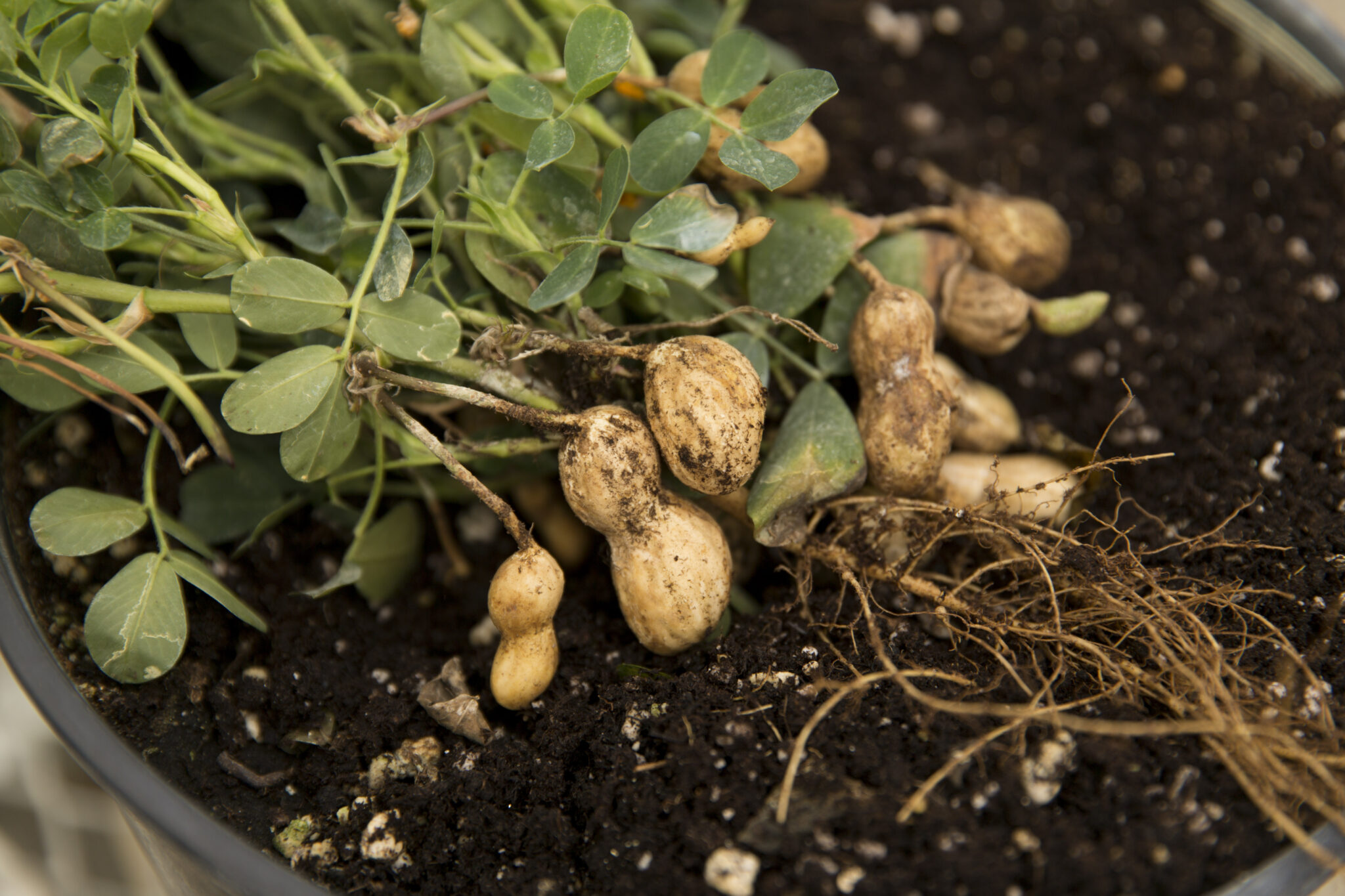University of Georgia

Volume XXXIII |
And the itching begins.
Chiggers, a common and somewhat mysterious pest to many gardeners, are the larval stage of mites. Adults from this family are often called red bugs.
Thankfully, the garden itself is not where chiggers are commonly found. Gardeners typically come in contact with chiggers when clearing vegetation around their yards and gardens.
Adult chiggers pass the winter in leaf litter commonly found in overgrown areas. They become active in the early spring, laying eggs that become the first generation of the season.
After the six-legged larval stage emerges from the egg, it feeds on humans and animals. This stage is very small, measuring less than 1/150th of an inch in diameter. Consequently, you can often feel them on you, but it is hard to see them. After taking a blood meal, the larvae molts to an eight-legged nymph and adult.
The adult mite is approximately 1/20th of an inch long and is usually bright red. The nymphs and adults are not parasitic but feed on insect eggs, small insects and organisms found on or near decaying woody materials.
Chiggers attach to almost any domestic or wild animal, including birds and poultry. When feeding on humans, chiggers prefer areas where clothing is tight against the skin, hence the common occurrence of chigger dermatitis around the top of the sox, the waistline or under the elastic of undergarments.
Chiggers attach themselves by inserting their mouthparts in hair follicles or pores. The larval mite then injects saliva into the host. The saliva begins to dissolve the tissues, which are ingested by the chigger. Because the pest is so small and the saliva such an irritant to the human body, a welt will typically occur at the bite site, making it look like the chigger is actually borrowing into the host. This is not the case.
Chiggers typically don’t survive more than a day or two on a human due to the adverse host reaction and the excessive scratching and rubbing caused by the intense itching sensation. Bites typically persist for several days. They can last much longer if excessive scratching occurs and a secondary infection takes place. The recovery time can be significantly reduced if skin is thoroughly washed within the first 3-6 hours of attachment, and medication applied to alleviate itching and prevent secondary infection.
By keeping vegetation cut short, chigger bites can be reduced. Walking trails should be mowed to less than ankle height to reduce bites. Residual insecticide applications can be used to suppress populations in defined areas.
To keep from becoming a chigger feast, use insect repellents thoroughly when entering areas of known chigger occurrence. Apply a product containing permethrin to clothing. For bare skin, use products containing DEET. Tuck pant legs into socks to help keep chiggers from reaching bare skin. This is particularly useful when done in conjunction with repellents.






